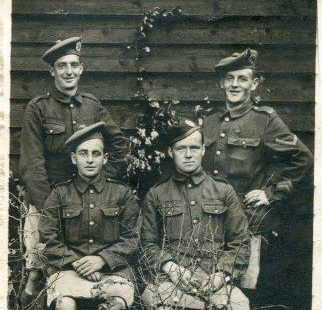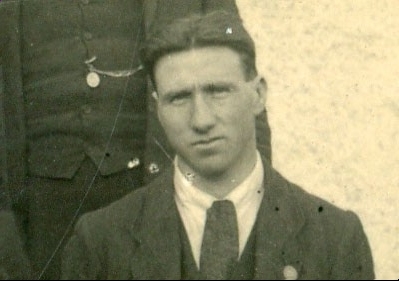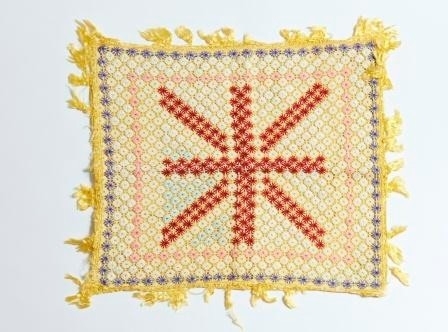The experiences of two Highland soldiers who fought in World War I are part of a new exhibition in Inverness.
Next of Kin: Scottish Families and the Great War, created by National Museums Scotland, opened at the Inverness Museum and Art Gallery on Saturday and will run until November 5.
Letters, postcards, photographs, drawings and shell fragments are among the items on show highlighting the impact of the war on serviceman and women and their families in Scotland.
Living relatives of two local infantry soldiers, Murdo MacRae of Habost, Lewis, and George Garden of Merkinch, Inverness, were also invited to submit treasured wartime objects to the collection.
Murdo MacRae was a 16-year-old apprentice tailor when he enlisted in in November 1913. Aged 18, he was shot in the liver during the second Battle of Ypres, fighting with the 2nd Battlation Seaforth Highlanders, and was saved by abdominal surgery.
The exhibition will showcase an embroidered Union Jack made by Mr MacRae while he recovered from the near fatal wounding at Oldmills Military Hospital, Aberdeen.
After the war he joined the Forestry Commission and later became head forester at Dores.
George Garden was an apprentice stonemason in his father John’s business before joining the Queen’s Own Cameron Highlanders in 1910, aged 19, and also fought in the second Battle of Ypres.
He served in India before travelling to the Western Front, and on May 9, 1915 at Ypres, he was attacked by German soldiers keen to seize his machine gun – but he defended himself with a forester’s axe.
He was awarded the Distinguished Conduct and Russian Order of St George Cross medals for his bravery, and these will be on show at the exhibition.
The exhibition was previously shown at the National War Museum in Edinburgh Castle, and Inverness Museum and Art Gallery will be the sixth of nine touring venues around Scotland.
Ian Murray, chief executive officer of High Life Highland, said: “We are very pleased to have contributed to the Next of Kin partnership with National Museums Scotland and colleagues in museums and galleries throughout the country.
“The Highland stories told in Next of Kin exemplify the discoveries that they are making about the significant contributions made by both individuals and families throughout the region in that period.”


